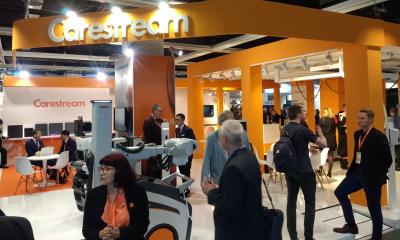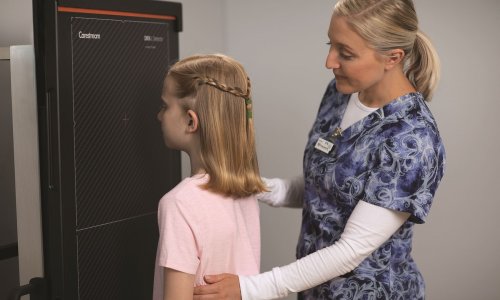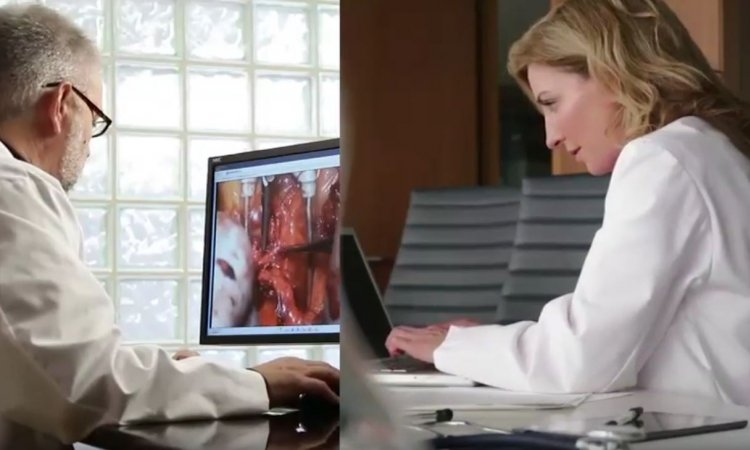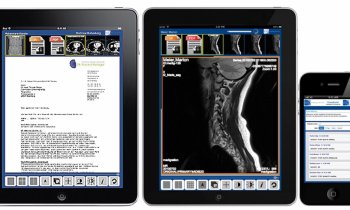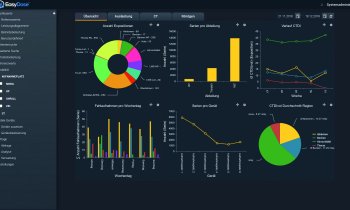Cloud computing
L’Assitance Publique Hôpitaux de Paris, France, is one of the largest of its kind in Europe. In 2005, the group voted to implement a PACS in association with Carestream Health to connect its 47 hospitals and centralise their data. This meant creating a network to cover 36 CT scanners, 31 MRIs, seven PET-CTs and 37 SPECT systems, which were linked to 37 RIS and 30,000 computers - of course from various vendors.

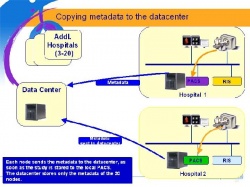
During an interview with EH editor Meike Lerner, radiologist Dr Daniel Reizine, the project’s coordinator at L’Assitance Publique - Hôpitaux de Paris (AP-HP), described the challenges and way in which the group coped with this formidably large project:
"The first challenge we faced was to vote for an enterprise PACS at all. First, plans were made in 2000, when we recognised that with the expected data explosion associated with multi-slice CTs and digital projection radiography, as well as the increasing pressures to improve operational efficiency, it would be impossible to continue working with film, Dr Reizine explained. However, at that time, enterprise PACS technology was not really available and PACS was quite expensive. So it took us another five years to make a final decision and create a plan of how to proceed.
After analysing our needs, we divided the 47 hospitals into three groups: two hospitals that already had a local PACS, 20 hospitals with at least one CT or MR scanner and 25 hospitals without CT or MR. We selected the 20 sites with at least one CT or MR for the new PACS installation, with the remaining 25 sites connected to them as appropriate. First, the networks of the radiology departments of each of the 20 sites were upgraded to a bandwidth of at least 100 Mb/s. Then, a PACS server with on-line fast storage was installed in each of the 20 sites and interfaced to the RIS, HIS and EMR.
The same configuration (Hadware and software) was installed in each of the 20 sites. We increased the local storage progressively allowing an online storage capacity for at least five years in 2010. Each of the 25 hospitals without CT or MR (“Satellite Sites", mainly convalescent and long-term patients hospitals) was connected to one of the 20 sites for data storage. Reading and processing of data at the Satellite Sites is possible locally as well as remotely from its PACS sites.
The cloud architecture of the French solution employs the Super PACS solution by Carestream Health, who was the provider and integrator of the enterprise PACS. A data centre with a SuperPACS server was established and connected to the 20 sites via a high-speed network. Every imaging study data set, acquired at each of the 20 sites or their associated satellites, is stored locally at one of the 20 sites. The PACS server at each of these sites strips out the metadata of the acquired data set and sends it to the SuperPACS server at the data centre. This enables the data centre to serve as a registry by building a database of all AP-HP radiological imaging studies without creating additional copies of the image data. Having such a database enables the data centre to create global work lists for radiologists throughout AP-HP that can be filtered by any criteria (e.g. sub-specialty, stats, location of imaging, patient name, etc.). The PACS servers at each site constantly synchronise the data centre with every operation made with the metadata, thus keeping it up to date. The SuperPACS server at the data centre is aware of the network topology. Thus, for example, if a physician in hospital 2 is requesting images created in hospital 1, he will select the study from a list provided by the data centre but the transfer of the images will go directly from hospital 1 to 2.
If the network between any site and the data centre is down, the site can still work independently with its local studies and synchronise the data centre when the network is up again. If the PACS server at one of the 20 sites is down, the other19 sites stay fully operational. All servers in the SuperPACS solution run the same software and the operation and workflow of the overall system is achieved by properly configuring the relevant servers. This allows AP-HP to have virtually unlimited flexibility in deploying, expanding and further developing its enterprise PACS; and indeed, we implemented our enterprise PACS step by step over a period of 15 months, starting with the individual sites and completing with the data centre.
Looking to the near future we plan to embark on developments that will further improve our overall operational efficiencies. For example, we might reduce our number of clustered sites from 20 to only five or six, and put the data into one storage bay for each of the new clusters. Further, we may consider not only sharing data across our multiple sites, but sharing workflow. This means getting users in different locations participating in a single, common workflow across multiple systems and sites. That’s the key driver of efficiency, and one of the biggest challenges facing healthcare information systems today.
Another aim, which I personally pursue, is to take advantage of a feature provided by the Carestream SuperPACS, which is the ability to use one desktop at the various sites to complete all radiology work (instead of using different systems with different performances - which is the case at the moment). Working only with the Carestream workstations would make an integration of additional features, such as speech recognition, much easier.
To conclude, our experiences with the SuperPACS and the way we chose to implement it in our organization were very positive and successful, and the process of optimising it is still going on."
The Carestream Super PACS
The Super PACS architecture is designed to integrate multi-vendor, multi-site PACS into an enterprise solution. It uses existing PACS resources to share patient images and information while also delivering a global work list that balances examination reading among on- and off-site radiologists.
07.07.2010



